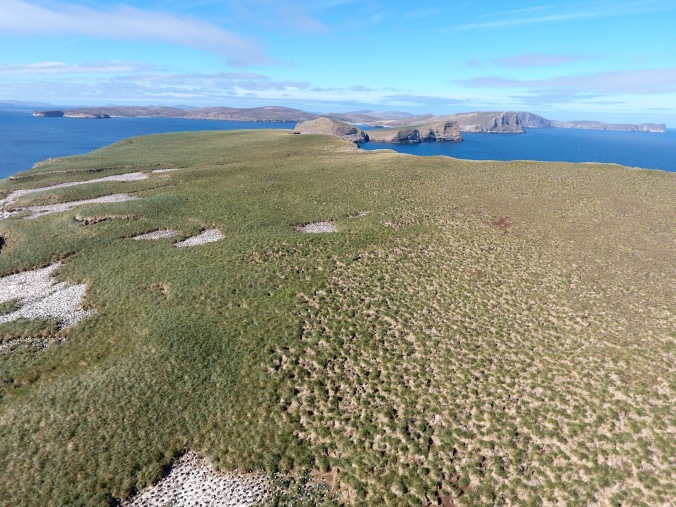When the boat beached for the third time on a sand bar, we knew we were in for a long day. Late autumn means low water in the Peruvian Amazon, requiring more walking than boating to get around. I was in the rainforest with a Detroit Zoological Society (DZS) colleague, representatives from our Peruvian partner, the Civil Association for Conservation of the Peruvian Amazon Environment (CONAPAC), and several volunteer educators from the nearby city of Iquitos. We were conducting our annual end of the school-year evaluations in the Amazon Rainforest Adopt-A-School program communities and we were in for a long, hot day.

The Adopt-A-School program is a decades-long partnership between the DZS and CONAPAC, using donations to provide educational supplies to schools, teachers and students in rural Amazonia. The program ensures that students have the materials necessary to earn a basic education and build an understanding of the complex and globally important region they call home.
The evaluations we conduct each fall coincide with the end of the school year in Peru – late November to early December – and are a great opportunity to focus on each community’s strengths and challenges.

The experienced boat drivers know when to call it quits and ours realized there was no viable path down the parched river. He dropped off us off on a muddy river bank and we gathered our supplies and trudged up the bank to a path on the jungle’s edge. An easy half hour walk brought us to a familiar animal sanctuary and a long dock that stretched into the tributary we needed to travel up to get to our assigned communities.
The dock stretched toward the water but ended on a muddy beach, not quite reaching the shallow, murky water. At first, the damp mud was easy to traverse, the sand holding firm. Then the river bank dropped off and the choice was to wade through the mucky water or climb the bank and walk through giant grasses that stood 10 to 12 feet tall. We chose the grasses.
After another half hour of battling grass stalks as thick as sapling trees and covered with spines, the river’s edge dropped back down to a sandy pathway. We gratefully slid down and continued our walk. Soon, a wooden boat about 10 feet long with a small outboard motor came towards us. After some negotiation, all 11 of us piled on board. We carefully balanced our bags and ourselves for an easier, albeit slow ride up the shallow river. A full three hours after we set out, my small team and I arrived at one of the communities that we were assigned to evaluate.

Community evaluations are a critical part of the Adopt-A-School program. They confirm that participants are holding true to the contract of sustainable resource use, prioritizing education, and organized leadership in exchange for support from CONAPAC and the DZS. All 55 communities were visited and vetted through a comprehensive rubric that addressed environmental, educational and institutional management. The vast majority of the communities were rated as “good” or “excellent”; three were placed on a watch list and one was unfortunately cut from the program due to a breach of contract.
This community has faced some challenges over the past several years. Record floods wiped out crops and unsteady leadership let the community bakery and drinking-water purification plant fall into disarray. CONAPAC offered support in restarting the bakery to make it a potential profit source. Turning raw materials into a finished product has a higher profit margin and bread is a constant need in surrounding communities. CONAPAC also offered training and materials to restart and refurbish the water purification plant, ensuring there would be clean drinking water available. The community declined both offers.
When the evaluation team arrived to assess the community, they came across a large path of bare earth; huge machines had clear-cut a road into the rainforest. The community acknowledged that they had contracted with a lumber company who had cut a path into the forest, removing dozens of large, old-growth trees for a relatively nominal amount of money. The community leadership was neither remorseful nor willing to work with CONAPAC on other projects that would allow them to profit in an environmentally sustainable way. The evaluation team discussed and unanimously decided to remove the community from the Adopt-A-School program.
There is always an open door for communities removed from the Adopt-A-School program to rejoin. The process is careful and thoughtful, involving several community visits to ensure a change in either leadership or practice has prepared them to be a successful partner again. Many of the 54 communities currently in the program have participated for more than a decade and are both dedicated to protecting the rainforest and appreciative of the educational opportunities it provides for their children.

To learn more about the Adopt-A-School program and how you can make a difference in the life of a child in the Amazon rainforest, please visit https://detroitzoo.org/support/give/ and choose
“Amazon Rainforest Adopt-A-School Program” from the drop-down menu.
Our upcoming volunteer expedition is scheduled from March 25 to April 2, and spots are still available. Volunteers will help deliver donated school supplies to these communities in need along the Amazon and Napo rivers . For more information, visit detroitzoo.org/about/travel-programs/amazon-travel-program/ or contact clannoyehall@dzs.org and/or adewey@dzs.org.
– Claire Lannoye-Hall is a curator of education for the Detroit Zoological Society.






























